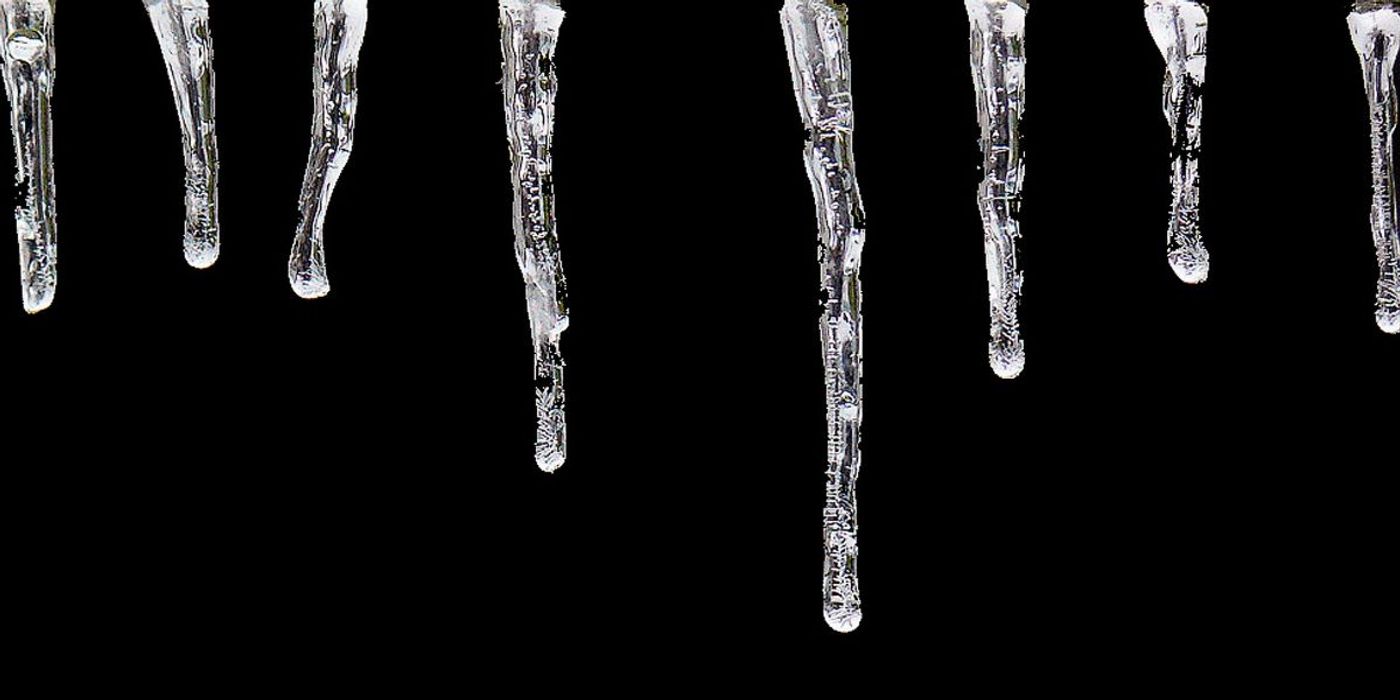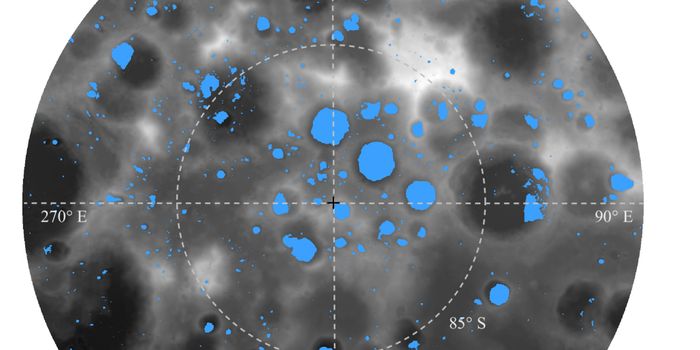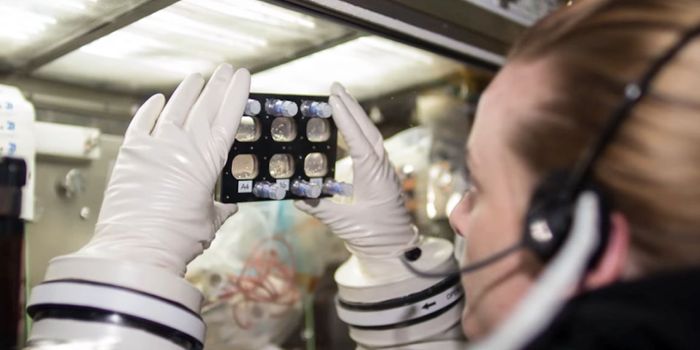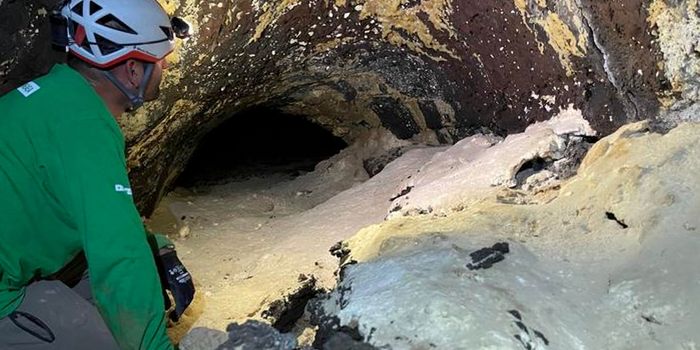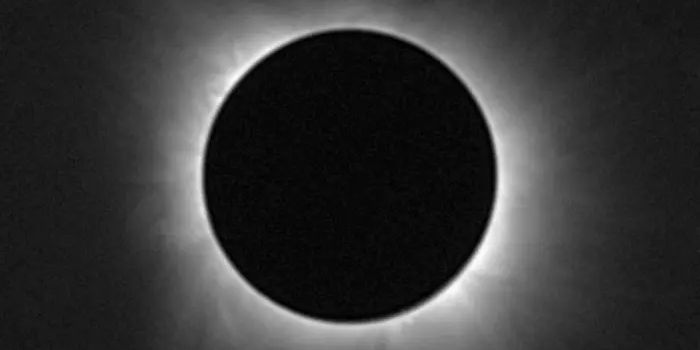Satellite Images Show Accelerating Retreat of World's Glaciers
In a new study, an international team of researchers have found that almost all of the world’s glaciers are in retreat, and at an accelerating pace.
The study is the first to include all of the world’s approximately 220,000 glaciers, apart from the Greenland and Antarctic ice sheets. For it, they analyzed imagery collected by NASA’s Terra satellite, which has orbited Earth once every 100 minutes at an altitude of almost 700km since 1999.
The images were captured by ASTER, a multispectral imager aboard Terra, that is equipped with two cameras that record pairs of stereo images that allow researchers to create high-resolution digital models of the world’s glaciers. For their findings, the researchers used the full archive of images taken by ASTER to build a time series of glacial elevation, ultimately allowing them to calculate changes in the thickness and mass of ice over time. To process the data, they used a supercomputer at the University of Northern British Columbia.
All in all, between 2000 and 2019, the researchers found that the world’s glaciers lost an average of 267 gigatonnes (billion tonnes) of ice per year. The rate at which this happened seems to have accelerated over time. While between 2000 and 2004, glaciers lost an average of 227 gigatonnes of ice per year, between 2015 and 2019, they lost around 298 gigatonnes per year.
The researchers noted that glacial melt caused up to 21% of the observed rise in sea levels over this period, or around 0.74 millimetres per year. They also noted that almost half of the rise in sea levels has come as the result of thermal expansion of water as it rises in temperature, while meltwaters from the Greenland and Antarctic ice sheets, alongside changes in terrestrial water storage, make up the last third.
"The situation in the Himalayas is particularly worrying," says Romain Hugonnet, lead author of the study.
"During the dry season, glacial meltwater is an important source that feeds major waterways such as the Ganges, Brahmaputra and Indus rivers. Right now, this increased melting acts as a buffer for people living in the region, but if Himalayan glacier shrinkage keeps accelerating, populous countries like India and Bangladesh could face water or food shortages in a few decades."
The researchers noted however that some areas saw a slowed rate of glacial melt- including Greenland’s east coast, Iceland and Scandinavia. They say this may have arisen from a weather anomaly in the North Atlantic causing higher precipitation and lower temperatures between 2010 and 2019, thus reducing the rate of ice loss.
The findings of this study will be able to improve hydrological models to make better predictions on both global and local scales. They will also be included in the next Assessment Report of the United Nations Intergovernmental Panel on Climate Change (IPCC), due to be published later this year.
Sources: ETH Zurich, Nature
